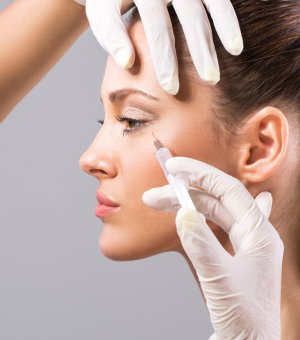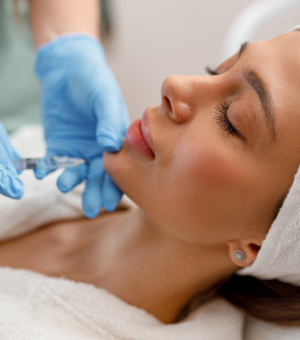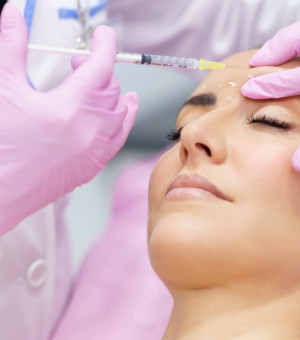Tuesday, January 21, 2025
The Evolving Landscape of Cosmetic Injections: What’s Trending in 2025?
Dre Emilie Bourgeault
As a dermatologist, I’ve had the privilege of witnessing the transformative power of cosmetic injections, both in enhancing natural beauty and boosting confidence. Over the years, these treatments have advanced remarkably, and 2025 brings new trends that are shaping the way we approach aesthetic care. Today, I’d like to explore some of these emerging trends and what they mean for you.



